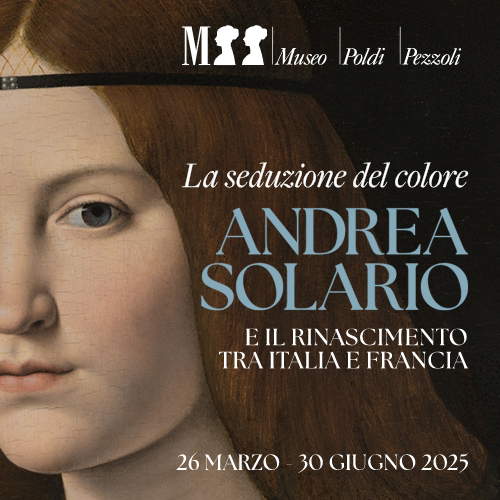The Lion of St. Mark was a Chinese monster: what are the implications of the Venetian discovery
La news is so surprising and unsettling that, a week after the announcement (which took place June 11 an international conference in Venice) the world of historians and art historians still kept comments to a minimum. The statue of the lion of St. Mark that has stood on the much-photographed column in St. Mark’s Square in Venice since the 13th century (at least) is a rehash of a Chinese statue, most likely a zhènm&u grave;shòu (镇墓兽, “guardian of tombs”), a monstrous creature, cast in the Tang era (609-907 AD).
Let us clarify for readers: this is not one of those many sensational hypotheses, heralded at conventions or conferences, bouncing around in newspapers all over the world because of their fascination, but on the proof of the facts lacking solid foundations. Here we are dealing with a scientific study, conducted by a team of scholars and scholars in geology, chemistry, archaeology and art history from the University of Padua and the International Association for Mediterranean and Oriental Studies-Ismeo, in synergy with colleagues from the University Ca’ Foscari of Venice, which will be screened by other scientists, independently, under the regular peer-review system , with a view to publication in an internationally renowned scientific journal (the authors have chosen Antiquity). Barring any glaring errors (to date implausible) on the part of the team, we are facing a scientific discovery that will overturn the history of that statue forever.
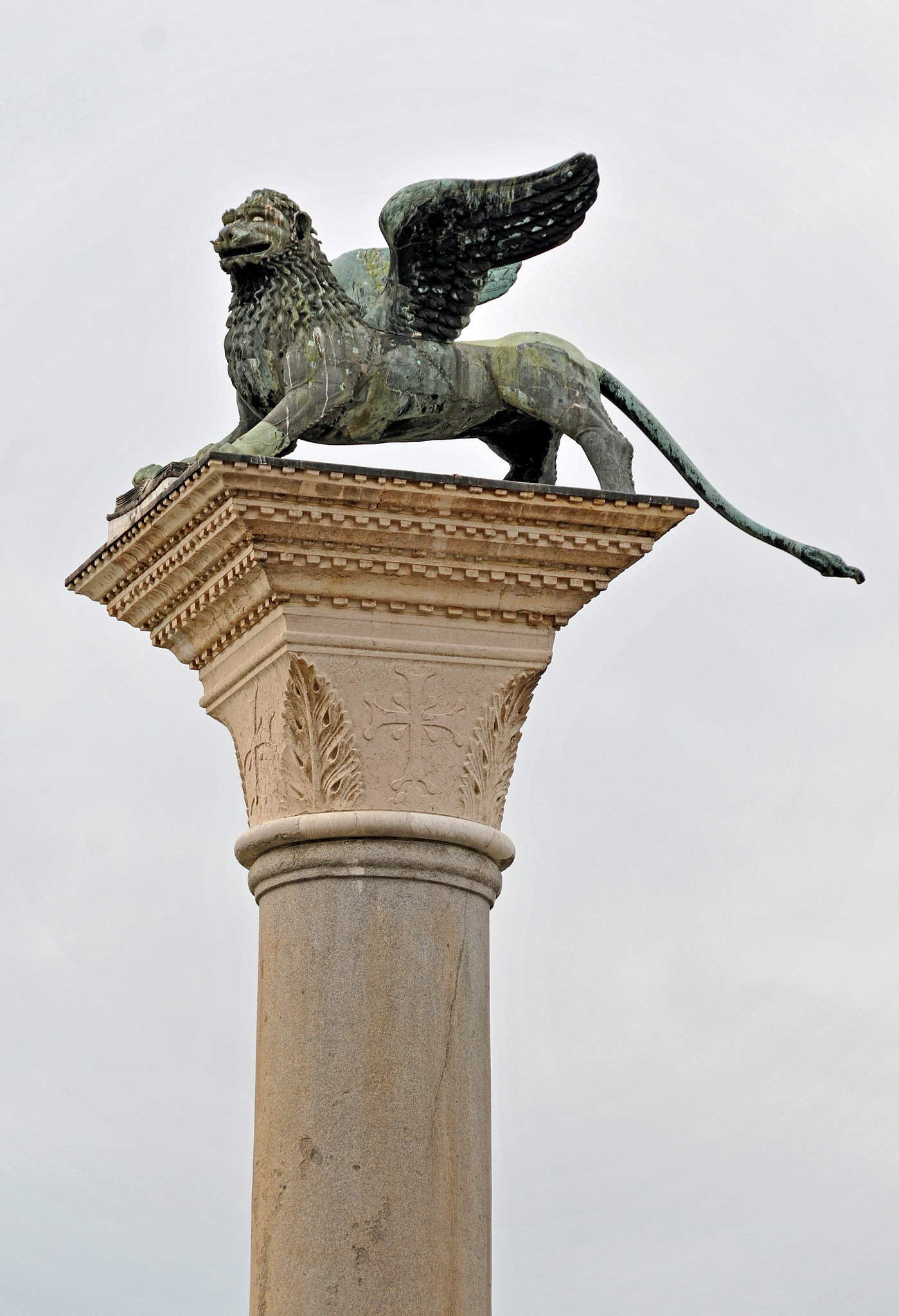
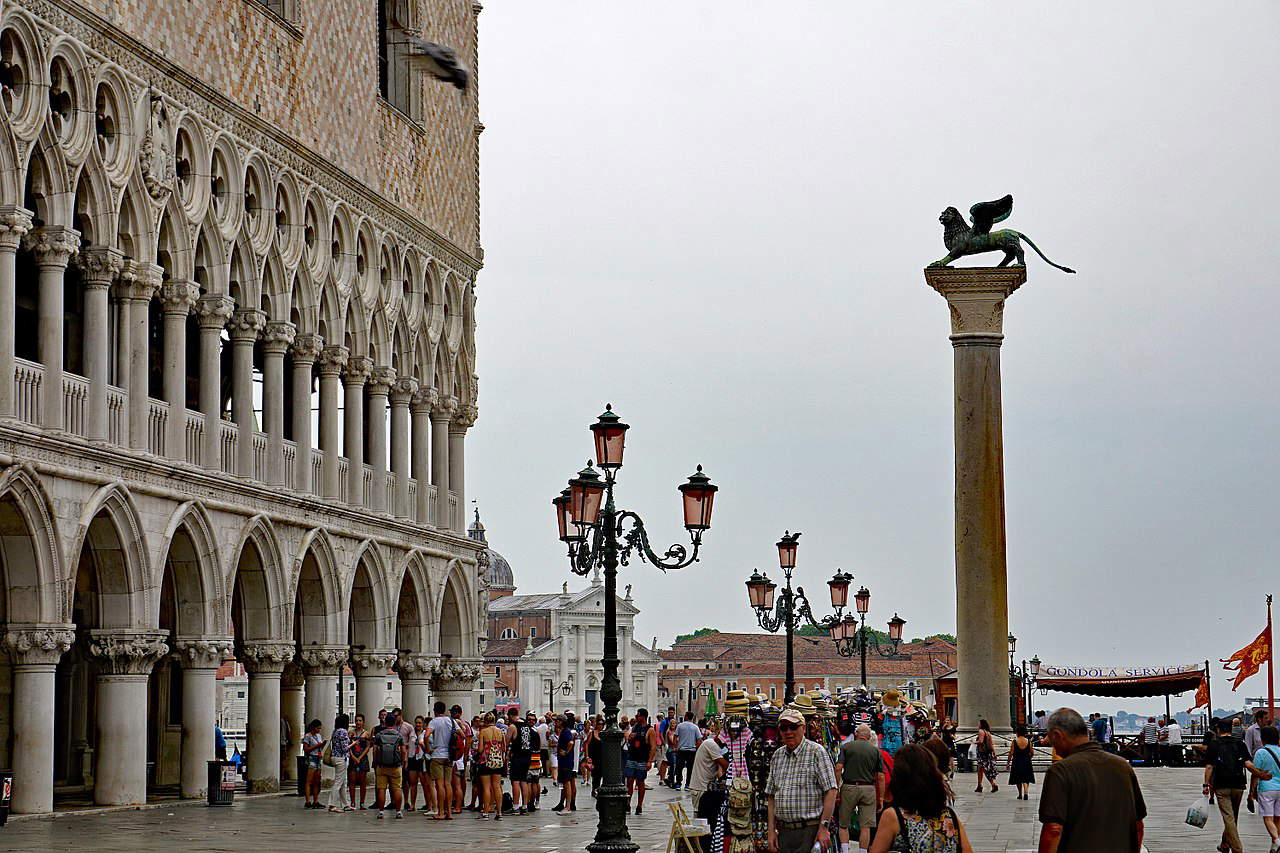
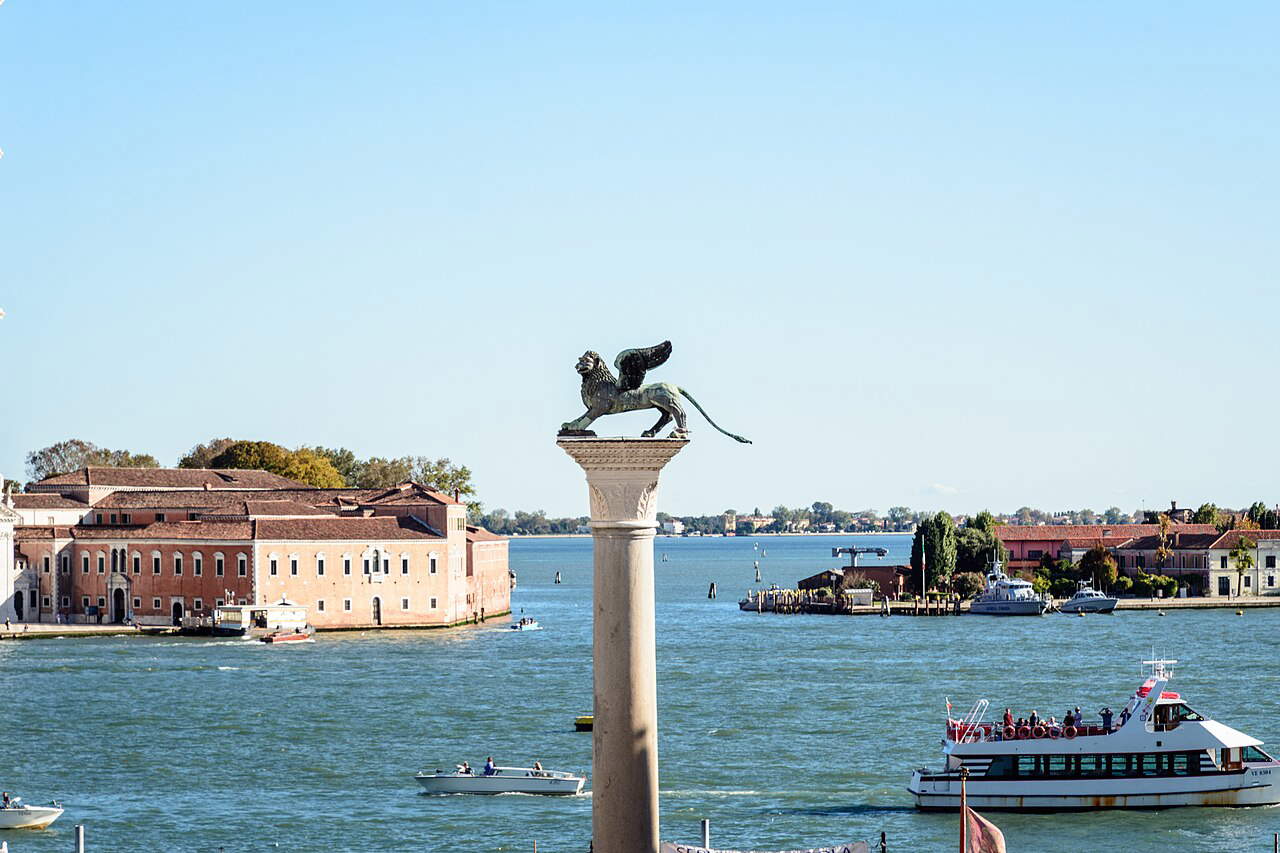
The study
In short, scholars proved the Chinese origin of the statue through chemical analysis of lead isotopes. These were three never-before-analyzed samples taken when, in 1990, the lion was taken down from the column and brought to the British Museum for restoration (and an exhibition). The last time, being able to look at the statue up close, there was widespread debate about its provenance and origin, a statue isolated in Europe and beyond: a little bit of everything was speculated, Sasanian, Assyrian, Hellenistic, Indian, and even Chinese. But then prevailed - on the basis of stylistic and iconographic elements - the hypothesis, supported with good arguments by Bianca Maria Scafì, of Anatolian origin (4th century BC). The lion would have been, originally, one of the supporting figures of the god Sandon/Sandas, honored in the city of Tarsus, supported precisely by horned lions: the winged lion in Piazzetta San Marco had its horns cut off.
Over the past thirty-five years, the archives of lead isotope chemical data have expanded enormously, explained Massimo Vidale, an archaeologist at the University of Padua and promoter of the study, so it seemed appropriate to try to see where the lead isotopic signature of the three samples fell, two taken from the central body of the statue, the oldest part, one from the wings, recast in the nineteenth century. “And we saw that they matched perfectly with these mines from the lower Blue River tectonic basin, the Yang-tze, in southern China,” Vidale explains, admitting that even they did not expect such a clear result. The wings, therefore, were also remelted using, in all likelihood, material from the earlier wings, also from China.
Bolstered by the isotopic results, the scholars looked for stylistic and iconographic comparisons, and found them in Tang-period statues-whose similarity had already been noted in the 1990s-and in particular in the zhènmùshòu, these monstrous creatures that were placed before the tombs of Chinese elites, with lion, or dragon, or other animal and human features. In short, the resulting hypothesis is that sometime between 1172 (when the column was erected) and 1295 (when, a document certifies, the lion was already there) the Venetian state decided to use a statue of a zhènmùshòu, three or four hundred years earlier, that was for some reason on hand, and transform it, with reworkings, into the symbol of the evangelist. As well as making it a state symbol, fully functional, since after more than seven hundred years it is still there.
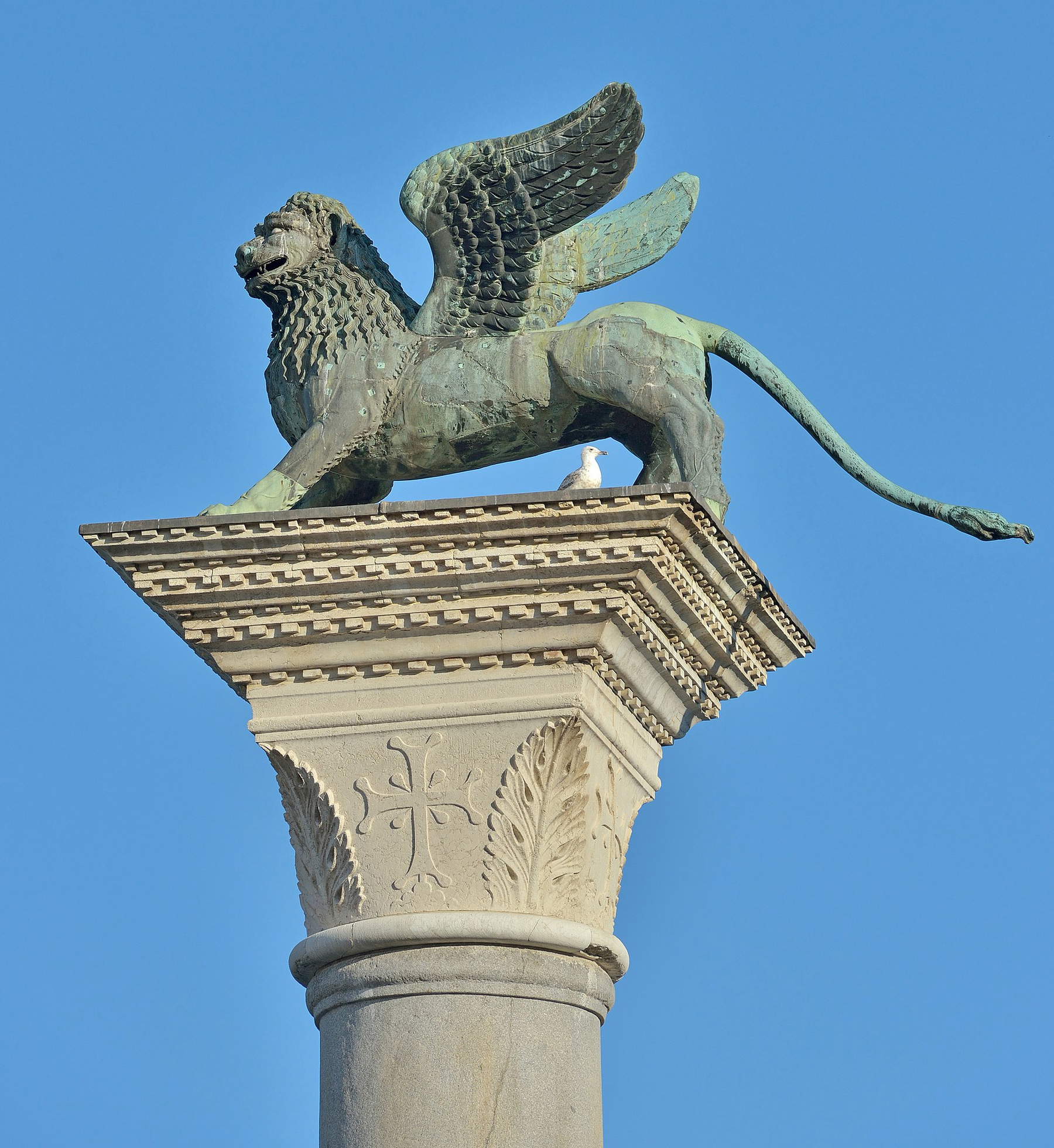
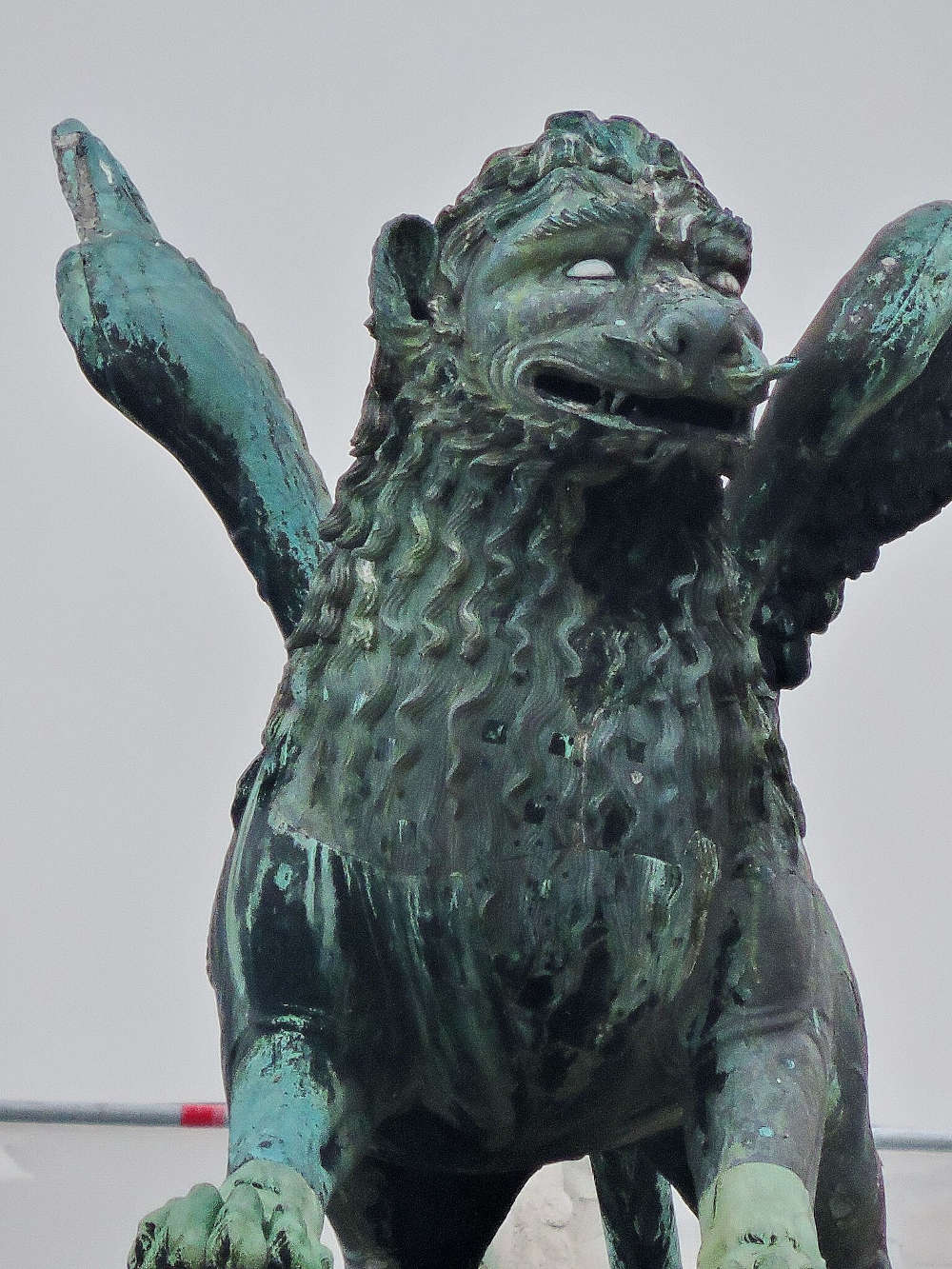

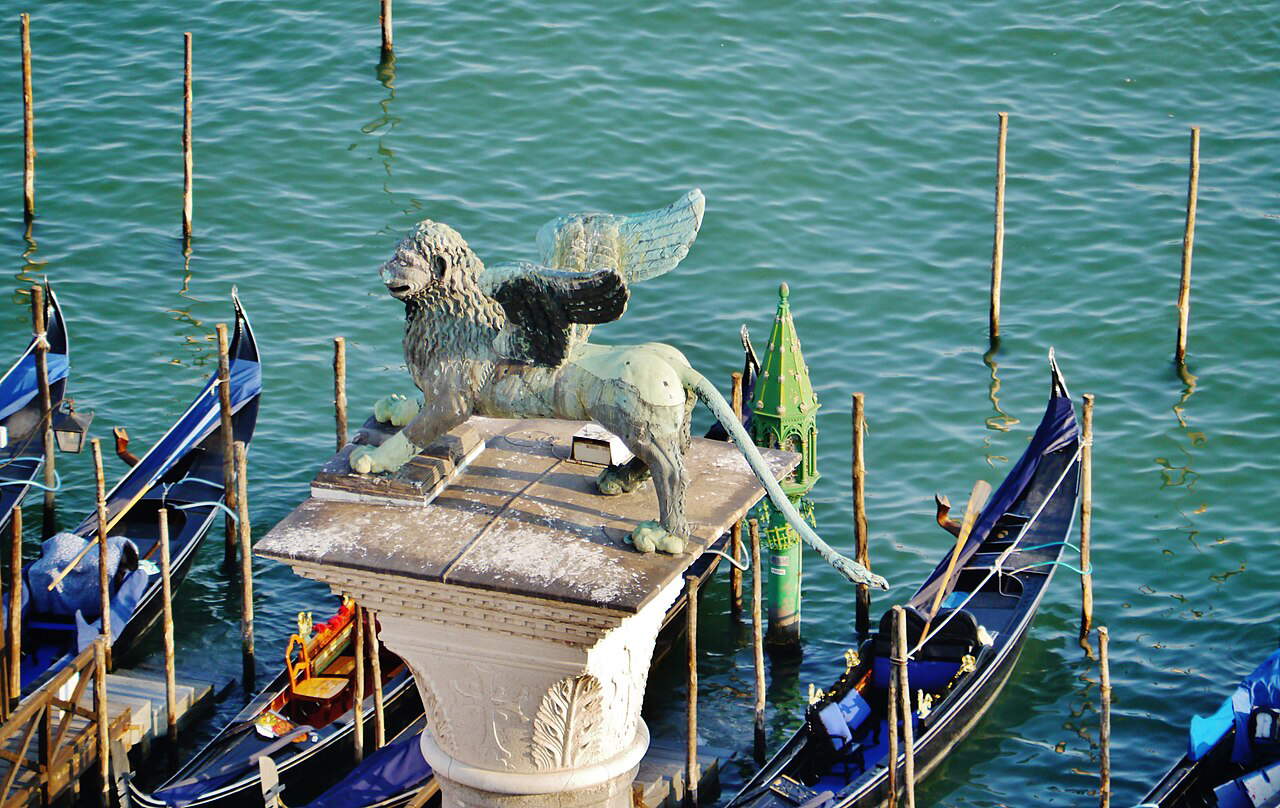
The implications and the questions
The authors of the study do not believe that there were errors in previous studies: simply, the advancement of archives and chemical methodologies allowed these new analyses that have provided data that are now incontrovertible. “Stylistic determinations are notoriously subjective, always. The problem with that image is that it is isolated, in Europe but also in China,” Professor Vidale explains. The zhènmùshòu and the large bronze statues, in fact, were all recast and destroyed in China in later centuries, during sequences of persecutions and erasure by various emperors against Buddhist and Taoist cults. Finding stringent comparisons would have been impossible, which is why paradoxically this discovery also assumes significance for Chinese art history.
Today, however, we have to take note: in the 13th century Venice made a Chinese figure the symbol of “its” evangelist (whose body had been stolen in Alexandria in the 9th century) and its state. How did that statue get there? It is plausible, as even the authors of the study admit, that it arrived with Nicolo and Maffeo Polo, father and uncle of the more famous Mark, who had been in China between 1264 and 1266. But since it is an 8th-9th century statue, it is equally plausible that it had already been in the lagoon city for decades.
We know the historical context: between 1260 and 1270 Venice, after the loss of Constantinople, closed in and made the winged lion a political and state symbol rather than a religious one. This alone, however, does not explain the choice of the Chinese work, with an iconography anomalous to that prevailing even at that time (the gospel was placed under the paws at a later period). On the other hand, we know virtually nothing about why that statue was chosen, and how aware the Venetians were of its distant origin: there are no written documents, to date, recalling the affair. We therefore do not even know what impact it may have had in the history and art history of the time. It is certain, however, that the origin more or less soon was lost memory. Until today. A story that after thirty-five years will reopen a debate on one of the strangest statues in Europe, a story that, for once without exaggeration, is for now literally shrouded in mystery.
Warning: the translation into English of the original Italian article was created using automatic tools. We undertake to review all articles, but we do not guarantee the total absence of inaccuracies in the translation due to the program. You can find the original by clicking on the ITA button. If you find any mistake,please contact us.






